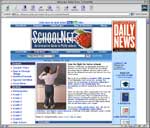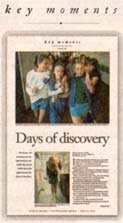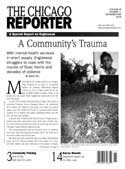Dropping Out: Why students leave Decatur schools, Decatur, IL

Dropping Out: Why students leave Decatur schools, Decatur, IL 2001
Partners:
Herald & Review
WILL-TV (PBS)
WILL-AM
“Dropping Out: Why students leave Decatur schools” was a civic journalism project that involved citizens, including those who’d never finished high school, in developing ideas to help keep students in school through graduation.
In November 2001, the partners commissioned a survey of 102 adults who had dropped out of Decatur public schools in the previous 40 years. For many of the respondents, it was the first time they had ever been asked why they’d left. Their answers pointed to some concrete steps for retention programs. One-third said additional help from a teacher or administrator might have kept them in school. Another third said more interesting classes would have helped.







